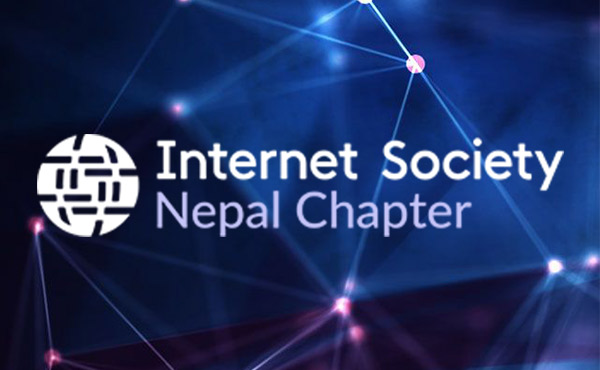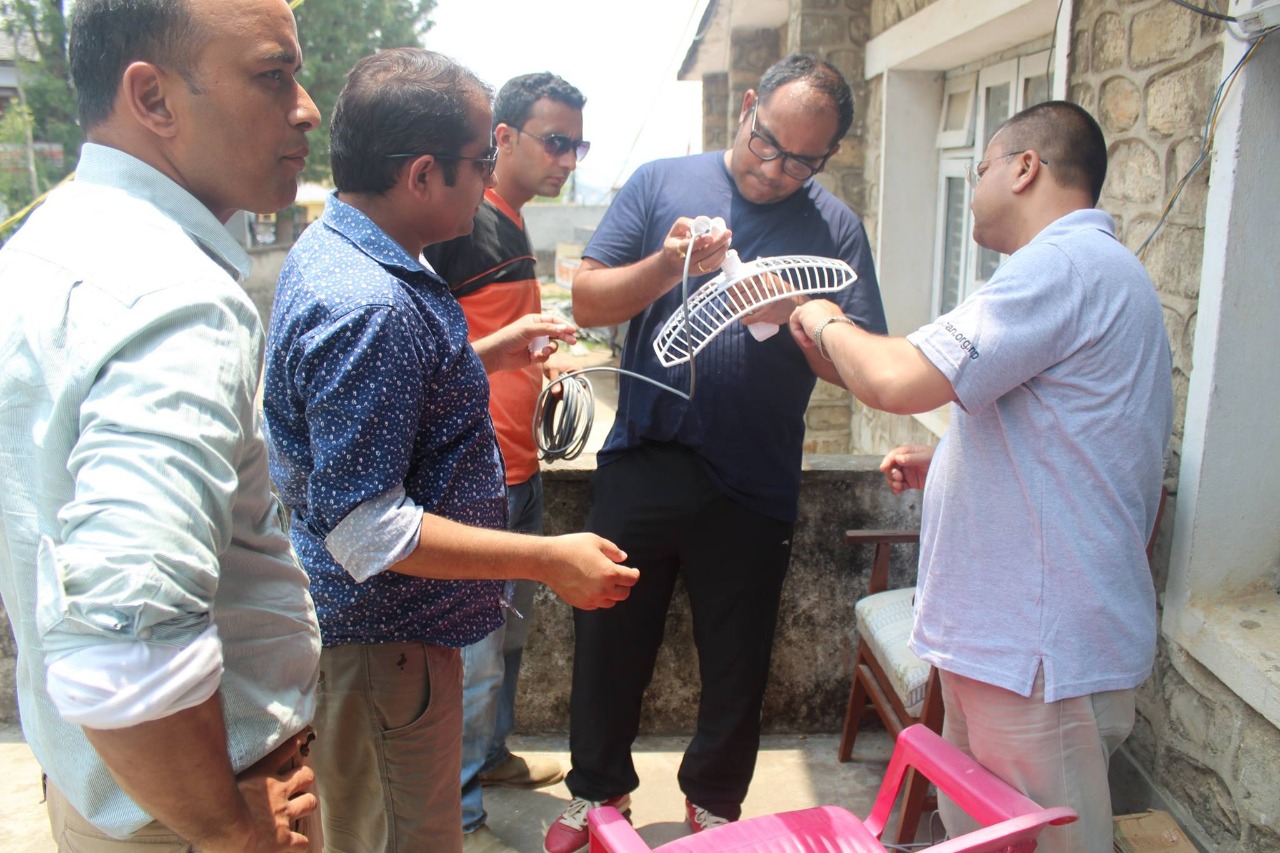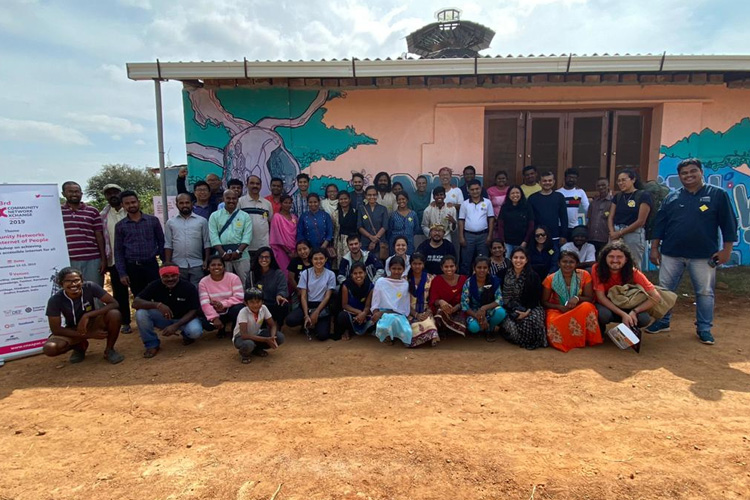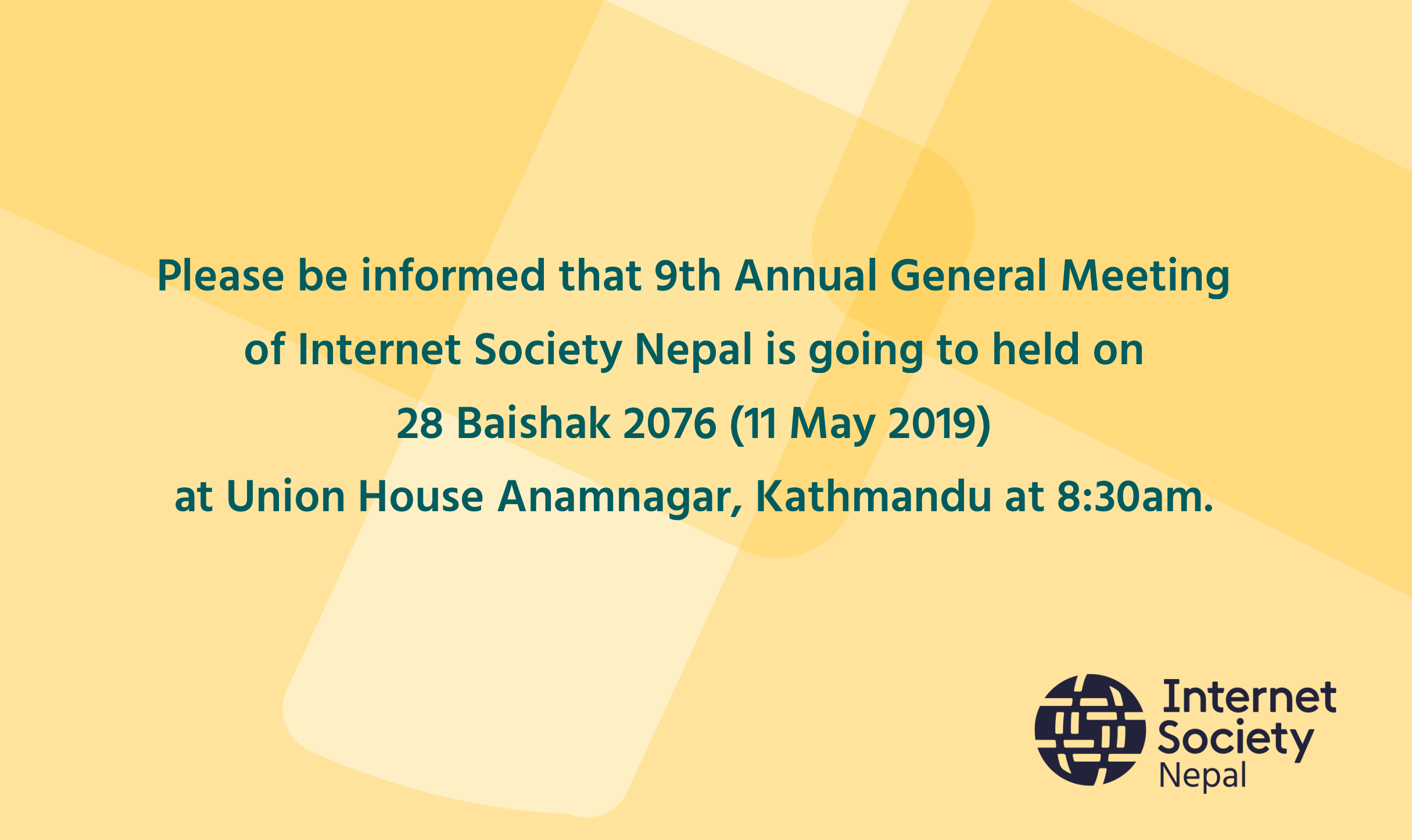Community Networks In Nepal
Community Network:
Community networks are the networks build and owned by communities trying to build low-cost and effective infrastructure solutions int the remote geographic locations where ISPs would not expand their networks due to lack of profits and other business opportunities.
for the communities. Usually, community networks build upon low-cost Wi-Fi equipment utilizing the unlicensed spectrum bands as licensed bands would increase the operation cost.
Relevance:
In the current scenario according to ITU by end of 2019 53.6% of the global population is using the internet which clearly states that still about half of the global population is deprived of the internet.[1] If we look into the portion of the Least developed countries only 19% of the population is online compared to 87% in the developed countries.[2] That’s where community networks play a vital role in acting as low cost and last-mile interconnection. Community networks are found very essential to narrow down the digital gap, thus opening the new world of opportunity. Internet Society has labeled Community Networks as “Networks built by people for People”.
Community Networks In Nepal:
In the past two aspiring projects seem to be implemented as Community Networks i.e.
Wireless For Communities Nepal
Rural Communities Access to Information Society (RUCCESS)
Wireless For Communities Nepal:
In 2015 Nepal was hit with 7.8 Magnitude of Earthquake one of the most devastating natural disaster of the century. Along with thousands of deaths and injured people the quake had effects on communication infrastructure affecting many last-mile connections. Thus disrupting mobile and wireless communications in many parts of the country. In such a scenario Internet Society Nepal Chapter provided the prior support to restore the internet connection is highly hit areas right away as of immediate aftermath of the earthquake. Afterward, Wireless for Communities Nepal project was put forward with the help of the Nepal Wireless Networking Project to provide wireless communication facilities to remote and highly hit villages. This project was focused on connecting different villages of 4 districts out of 14 highly earthquakes hit districts of Nepal i.e. Gorkha, Lamjung, Bhaktapur, and Sidhupalchowk. All the chosen villages were very remote and they didn’t have any prior access to broadband connectivity.
As part of the deployment of the project to establish the connectivity in Gorkha and Lamjung point to point backhaul links were created in Gorkha Bazar and then it was further extended using the unlicensed spectrum i.e. microwave radios of 5.8 GHz thus connecting Harmikot and Arjikot that were 23 KM away from the base station. Similarly, for Sindhupalchowk a base station was built on Nagarkot (Kotdanda) with a point to point link from Kathmandu and then extended to villages using an unlicensed spectrum of 2.4 GHz.
Throughout the project, 12 schools and three health centers over 14 villages were connected via the network established. The health centers were further connected with Kathmandu Model Hospital (One of the renowned hospitals in the Capital City) to provide telemedicine services. Health centers in Bhichuwk, Barpak, and some schools were additionally provided with laptops and low-powered personal computers. Nepal Wireless Networking Project also equipped those computers with e-library developed by Open Learning Exchange Nepal. In the three villages connected by Wireless for Communities, Nepal Rural Innovation Labs were also established to encourage technical and scientific innovation.
Rural Communities Access to Information Society (RUCCESS):
This project was part of beyond the Net funding program which also focused on providing Internet and ICT access to the rural population. The importance of being connected and digitally literate became more relevant after the earthquake. This project aimed to provide Internet access, ICT Services, Digital Literacy, Model of ICT hub for rural communities.
This project was implemented by the Internet Society Nepal Chapter in partnership with the Forum for Digital equality. It established 3 ICT-enabled Learning hubs in rural communities of Dhading, Sindhupalchowk, and Dolakha Districts in collaboration with local communities. To establish the community learning hub they were connected to broadband internet of 1 Mbps Dedicated bandwidth and were also equipped with the computer, printer, scanner, and display monitors.
For the sustainable operation of these centers learning hub operational committees were formed. Learning hub operational guideline and technical training was provided to all learning hubs along with 40 hours of in-depth operational training.
Sustainability:
To know about the sustainability and challenges faced by the mentioned community networks I talked with Project Co-Ordinator of RUCCESS Mr. Romakant Pandey and Team Leader of Wireless For Communities Nepal Dr. Mahabir Pun.
In the conversation, Mr. Pandey mentioned that the sustainability of the community network has always been challenging. While the implementation of RUCCESS Mr. Pandey and his team envisioned the ICT hubs to generate their income via its ICT services to cover the leased bandwidth and other operational costs. He also Mentioned that after services like mobile data penetrates the beneficiary community the services of ICT centers were affected and the sustainability of those centers was challenged. Although the ICT hubs are in operation there is no such charm as during the implementation of the project. He further says that the massive technological reforms have challenged the sustainability such as projects that have a very essential role in community ownership.
While talking with Dr. Pun he also mentioned that when it comes to community network the ownership of community is it’s core values. He shares upon his experiences that before and after wireless for communities Nepal he has established community networks in many districts and remote villages. Dr. Pun mentioned that being very skeptical he only established network where he received requests and took a prior commitment from sole communities although many communities couldn’t sustain the networks In the long run as per his calculation only about 50% of the community networks he established are on the operation. Dr. Pun shares some important points to make community networks sustainable i.e.
The local community people should be trained to maintain the network while establishing the network rather than after establishing the network as outsiders can’t maintain the networks in the longer run
The involvement, engagement, and determination is the core of the community network
Community networks should only be established in such a remote location where there are not any other internet options such as 3G or 4G data services not available.
Wireless For Communities:
Wireless for Communities initiative was started as an experiment by the Internet Society’s Asia-Pacific Bureau in 2010 to explore how the use of WiFi-based community networks could help with the socio-economic development of rural and underserved communities. The initiative focused on the holistic involvement of the local community in establishing and maintaining the community wireless network, imparting digital literacy skills, and using the Internet to provide empowerment opportunities to minority and marginalized sectors of the community[3]. Wireless for Communities Nepal was part of Wireless of Communities Nepal. Wireless for communities was also implemented in Rural parts of India and Pakistan along with Nepal.
Beyond The Net:
Beyond the Net Funding Programme allows Internet Society members to contribute at a local or regional level through an Internet Society Chapter. Internet Society supports bright ideas that work in partnership with local organizations to empower people around the world[4]. RUCCESS was part of Beyond the Net funding program.
Along with Internet society APC, COMSATS Internet Services, Digital Empowerment Foundation, Nepal Wireless Project, NYCMESH, and many others are working together to connect the unconnected. You can find more on this link.
Mr. Ananda Gautam wrote This Blog is part of chapter’s training program 2020 for Building Community Networks.
Reference:
[1] https://www.itu.int/en/ITU-D/Statistics/Pages/stat/default.aspx
[2] https://itu.foleon.com/itu/measuring-digital-development/offline-population/
[3] https://www.internetsociety.org/projects/w4c/
[4] https://www.internetsociety.org/beyond-the-net








